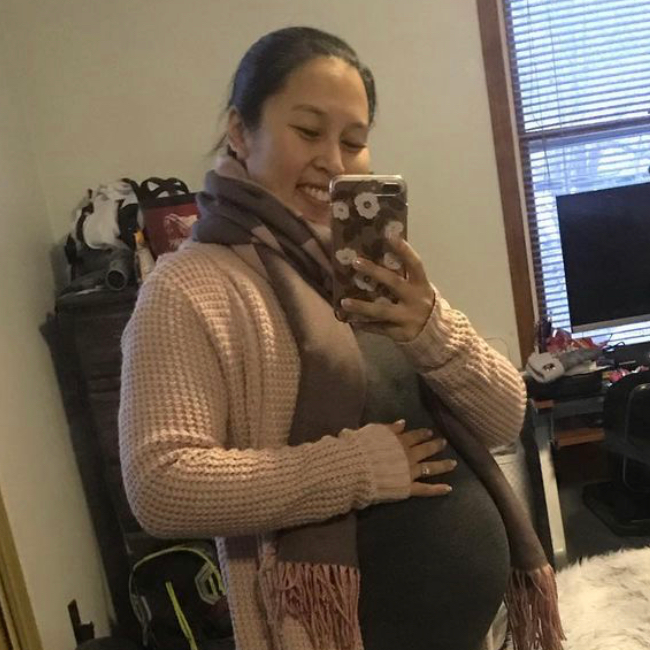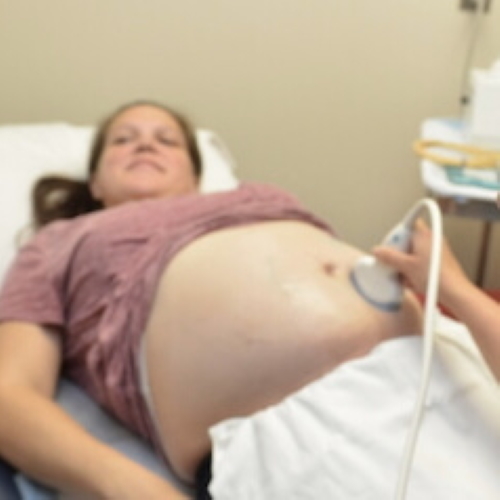Fertility After Cancer Diagnosis: Egg Retrieval & Egg Freezing | Kimberly’s Story
Kimberly was diagnosed with non-Hodgkin lymphoma in her 30’s. When she was told she’d have to undergo chemotherapy, she and her husband decided it was time to talk about family planning, despite only having been married for a few months.
From egg harvesting to retrieval, making the decision between freezing eggs or embryos, the process of giving herself shots daily, paying for the procedures, and the paperwork that brought up so many unanticipated questions, Kimberly shares every part of this intimate journey.
Thank you, Kimberly, for sharing your fertility story! Explore both the video and written versions below.
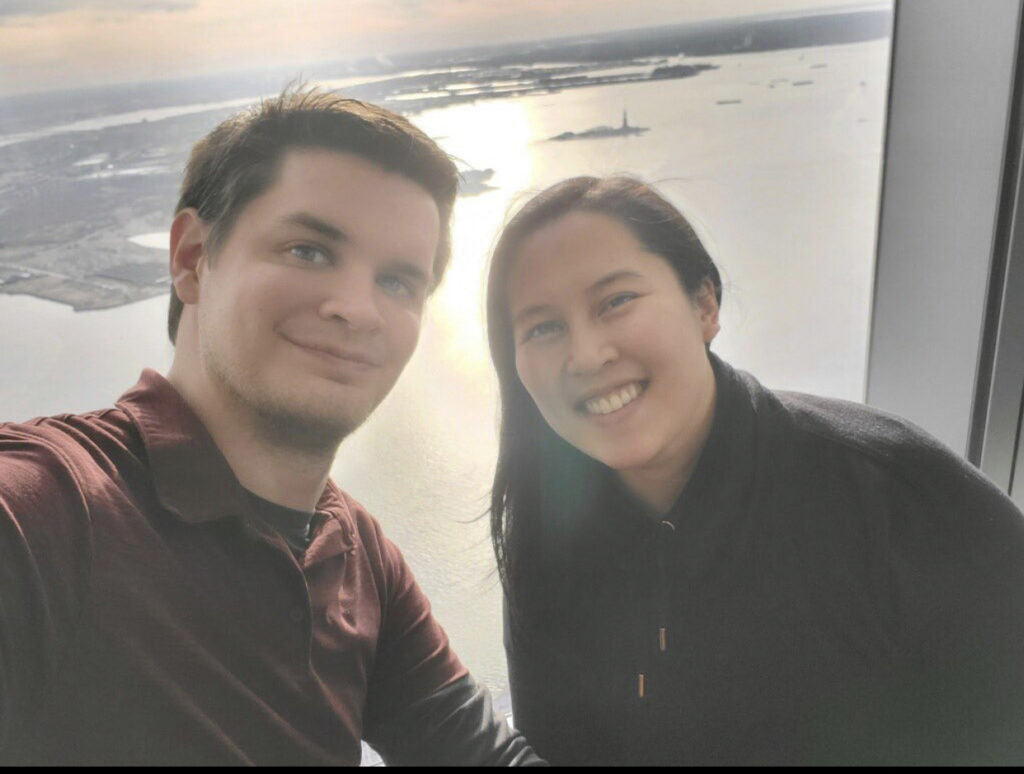
- Video: Kimberly's Fertility Journey
- Getting Started
- Egg Harvesting & Egg Retrieval
- Financial Considerations
- Egg Freezing
- How many eggs were you able to freeze
- Transitioning from eggs to embryos
- Mosaic embryos becoming “normal”
- Describe the implantation day
- Did you feel anything during the implantation
- Describe what you saw on the monitor/screen
- When did you learn the results of the procedure
- COVID-19 Visitor Restrictions
- Any plans for your three other frozen embryos
- Any guidance for others on the fertility journey
- Other Fertility Stories
Video: Kimberly’s Fertility Journey
Getting Started
Whose idea it was to go see a fertility doctor and why that was so important to you?
When I first got diagnosed, I didn’t even think about us having a family. It was my aunt who was in the room with us and asked, “Is this going to impact her fertility?” We had just gotten married in March. It was December!
My doctor was able to refer us to a couple of fertility doctors, just to be safe, to go through fertility preservation.
»MORE: Fertility preservation and cancer treatment
What were the first decisions you had to make
We went to our fertility doctor at RMA of New Jersey in Morristown. She was able to present us with either freezing eggs or freezing embryos.
At that point, the chances of thawing an embryo was a lot better than thawing a frozen egg going through IVF. At least at this point with that frozen embryo already, we are already halfway there. All it needed was just to be thawed out and then implanted back in me.
What was the egg harvesting and retrieval schedule
That was done. Everything was done really fast. I got my diagnosis in December, egg retrieval was done in February, and a couple of weeks later was my first chemo treatment.
Everything had to be done fast just because we wanted chemo to start right away and not prolong it any longer.
With the whole fertility medicine, the shots, and the monitoring, chemo was pushed back probably about a month, which wasn’t so bad and it didn’t affect me. They obviously had to ask permission from my doctor but that didn’t really impact anything.
Egg Harvesting & Egg Retrieval
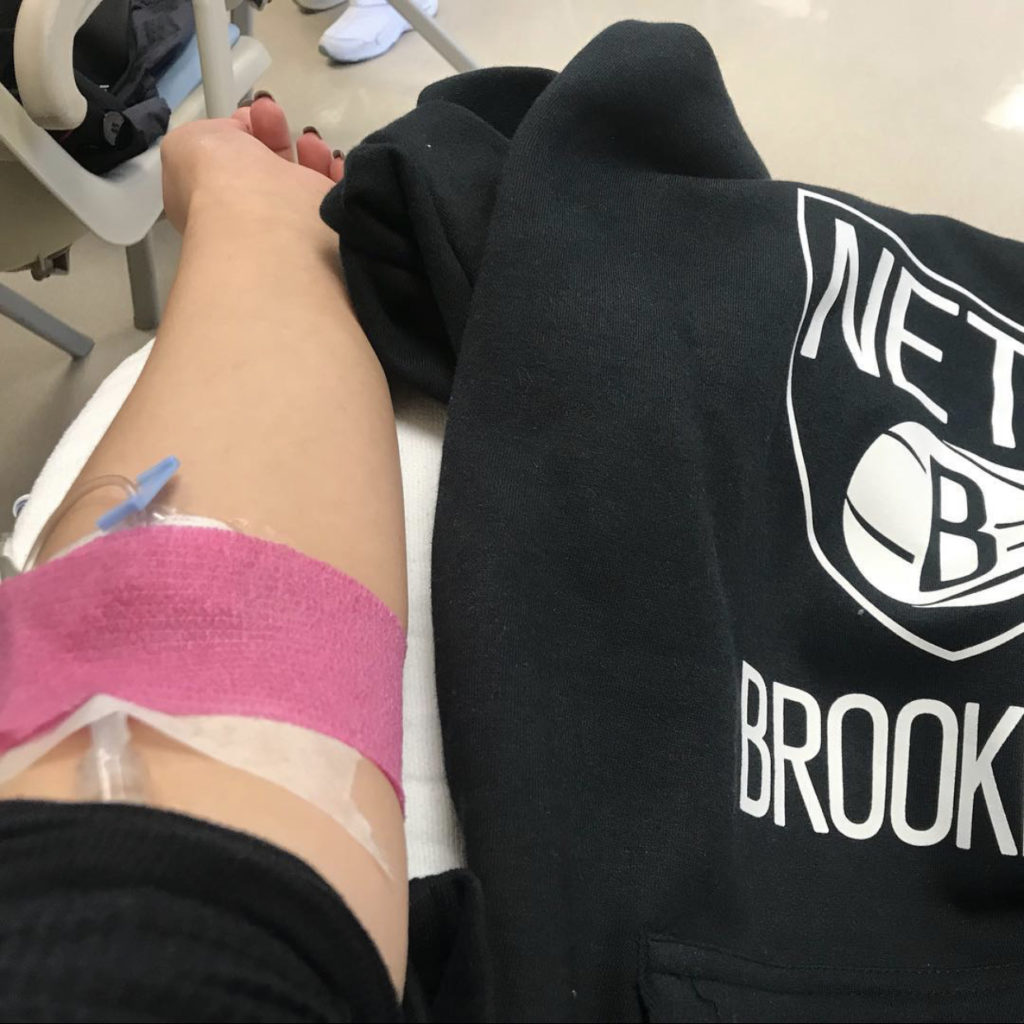
Describe the egg harvesting process
It was a lot of bloodwork for me and my husband, but mostly for me. It was probably just a couple of vials from him, but for me, it was different.
I had to go through morning monitoring, which is going to the clinic every other day so they could check my hormone levels.
They would draw blood, just a small amount, but enough for it to be annoying, to check my hormone levels and to see where everything was and to see what stage I was at.
That was pretty much it, and then I let them know when I got my period and then would basically start over from there, see where everything was. It was about a month of monitoring.
Describe the egg retrieval process
When it was time for getting ready for egg retrieval, there were shots and making sure the timing was right every night. It was about two or three different types of shots in one night.
Then at one point, my husband was helping me because my hands would start to get sweaty and the meds wouldn’t work. Then ice packs were involved because the abdomen area started to swell after the shots. It was a lot. The shots for me were more stressful than the chemo, itself.
»MORE: Read a patient’s detailed egg retrieval journal
Any guidance on dealing with so many needles
I am not a fan of needles, either. I still can’t watch blood work being done on me. When the needle enters the skin, I can’t watch, but seeing them change up the tubes I can watch fine. It’s just the whole initial entry that I do not like.
Knowing that I had to do that myself, it was basically taking a couple of deep breaths before, reminding myself, “You’re doing this for yourself, for your future family. It’s good that you’re doing this.”
It also helped that my husband would say, ‘Thank you.’ He was like, ‘This is for us.’
Describe the paperwork that has to be done before the process
That was like an eye-opener for us because the paperwork asked, “Okay, what happens if…”. There were a lot of “if” questions.
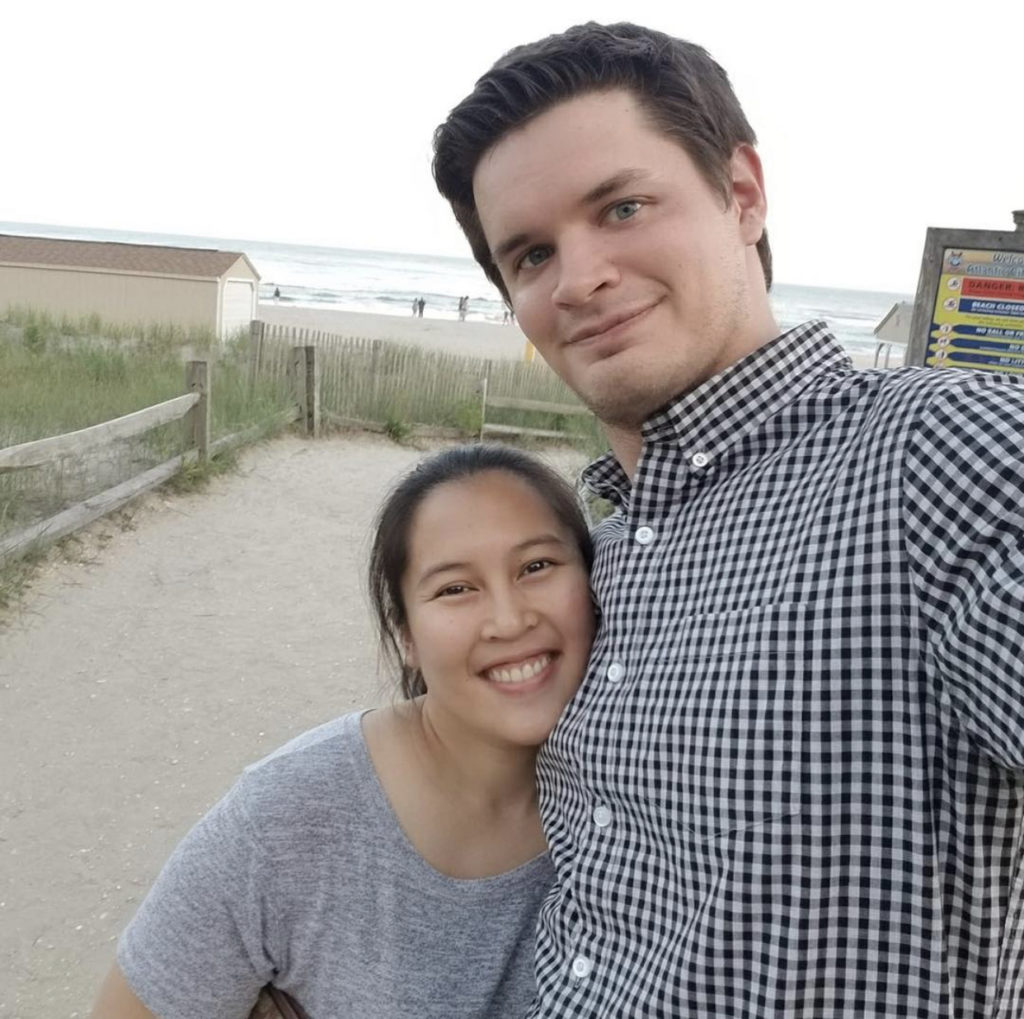
If one dies, or if both of you die or if you guys are no longer married, if you guys divorce, what happens? If you become pregnant and you guys separate, what happens? There were just so many different scenarios that it was just like, how do you even come up with these things, seriously?
We have both been brought up Catholic, but the paperwork options that they were giving us weren’t the ones that we wanted. The only options were either donate to science or discard. Really? No, I don’t want to either. That’s terrible.
My husband was not very happy after we got through that whole contract consent form thing and at one point he goes, “I just don’t want to answer these questions anymore. Just put the same answer there for everything.” I said okay and I was checking them off . Then I said, “Okay, now you need to sign.” He’s like, “Seriously?” I’m like, “Yes, we both need to sign this.”
Financial Considerations
How did you pay for the procedure
We actually took out my 401(k) for it because we knew we wanted a family eventually, we just didn’t know when it was going to happen. At this point, I had a lot of money saved in my 401([k) from my previous job. We took that out.
We basically paid for fertility treatments for it, as well as the other bills that needed to be paid along with it. That was a huge chunk of change. That was a big check to write!
The surprise of frozen egg storage fees
We were fine, once everything was said and done and they’re frozen. Everything was good, and then we hit the bills for the yearly storage fee and we’re like, “What?”
I thought it was okay. I thought we didn’t have to pay a storage fee. They’re just like, “No, you just pay for the year,” and it’s just like, “Oh, okay,” so we paid the storage fee for the year.
That’s when the discussion happened of, instead of them giving us a bill for next year, if we wanted to implant, just try one and see if it’s going to work or not.
What happened was Christmas time rolls around and at that point, we’re like, “We’re going to get a bill in January for the embryos that are frozen. Do you think it’s time to start having a family?”
He goes, “Yes, let’s try.” I was like, “Okay, I guess I’ll just call our fertility doctor in December and see if we can get an appointment for January.” That was how our conversation went.
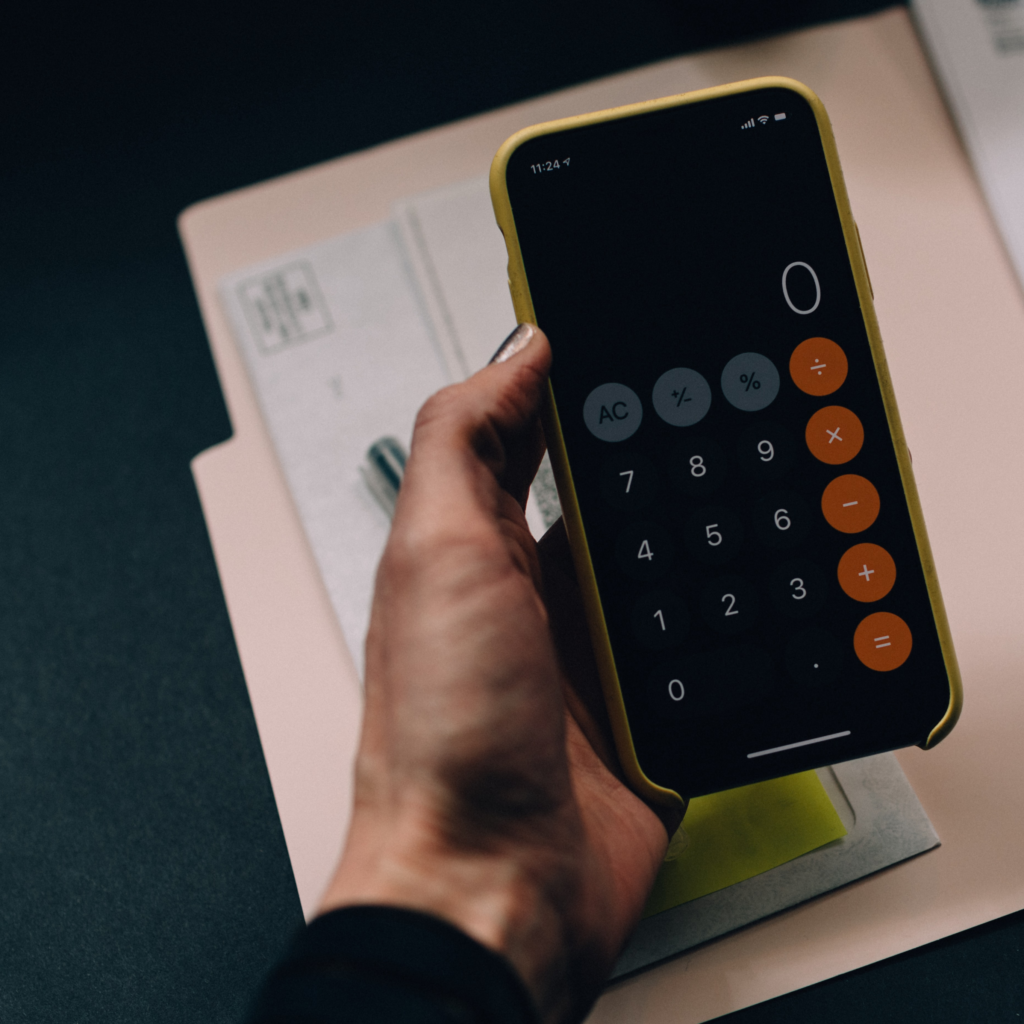
What were the different costs of the egg retrieval and storage
The whole process itself, because it wasn’t covered under insurance was about $7,000. Storage for the year was about $1,000 to $1,500 a year.
Then we went through the implant. Thankfully, it wasn’t a lot because insurance did cover some of that part. It was a lot less than what we were thinking of.
That was more considered as IVF at that point. Everything else beforehand wasn’t covered under insurance.
Egg Freezing
How many eggs were you able to freeze
While I was taking the hormone shots, they would do the sonogram and the bloodwork every other day in the morning. They were looking at 12. They would see on the sonogram 12 eggs. I’m like, “Okay, that’s a good chance, that’s a good shot.”
The egg retrieval came and the nurse was like, “We were able to get seven.” I’m just like, “Seven? There were 12 the other day. I don’t know what’s going on.” They were like, “Yes, the other ones weren’t viable,” and we’re like, “Okay.”
Transitioning from eggs to embryos
They combined my eggs and his sperm together and then it came down to four. We were just like, “All right, we could do with four.” They’re like, “Not just regular four.” We’re like, “What do you mean?”
They’re said two of the embryos were normal, two were what they call mosaic. It either means that they’re missing something or there’s an addition of something. They were not sure.
Because the part that they took for genetic testing didn’t really come back definitive, so we ended up having two normal embryos and two mosaic embryos.
Mosaic embryos becoming “normal”
That was two years ago when this happened. When I called in January about getting one implanted, one of the normal ones, because they wouldn’t let you do the mosaic ones first. You have to go through the normal ones first.
They said that because it’s been two years since everything has happened, the people who have used their mosaic embryos are just as viable as the normal ones. They do end up becoming normal. Basically, they end up being a normal embryo at some point during the pregnancy.
Granted, a lot of invasive testing would need to be done, like an amniocentesis, which I found out has a 5% chance of a miscarriage. I’m just like, “Oh, boy.”
We used one normal embryo, we have another normal embryo that’s frozen, and we have two mosaic ones. We had to go through serious counseling before using the mosaic ones.
Now, two years later, I think they just treat it like a normal embryo, because the research has been found that they do end up becoming normal and that whatever was missing or added ends up working out somehow on its own.
Describe the implantation day
August 7th was when the implant took place. It was weird because it happened on a Friday, and then that following day, one of our cousins was getting married and so everything was off-limits.

I don’t think I had to fast. I remember it happened in the morning and about a half-hour before I went in, I had to drink about 16 ounces of fluid. It could be water, juice, coffee. They didn’t really care as long as it was 16 ounces of something.
I didn’t know why, but then they said it was so they could see better because my bladder would be full and it would expand everything in my uterus.
The best way to describe it was almost just like a yearly exam, almost, where there’s just a lot more people in the room other than you and your doctor.
There’s a person with the sonogram, making sure the doctor’s in the right place in your uterus, implanting it in the spot where it’s supposed to be.
That was pretty much it. It was just like a tiny, tiny little thing. It was pretty cool to see. You could just see everything happening on a monitor next to you and that was pretty much it.
Did you feel anything during the implantation
No, it was like a normal GYN exam, but actually more comfortable in a way because they’re not comfortable normally. I didn’t feel a prick. I barely felt anything at all. I just saw it happening and I was just like, “All right. That’s it? Okay!”
Describe what you saw on the monitor/screen
I saw my uterus, where they wanted to implant the embryo, and then you would see a little catheter come into the screen. That’s where the embryo was.
She would just lay it down or inject it into my uterine wall and that was pretty much it. It was so simple and yet so complicated at the same time.
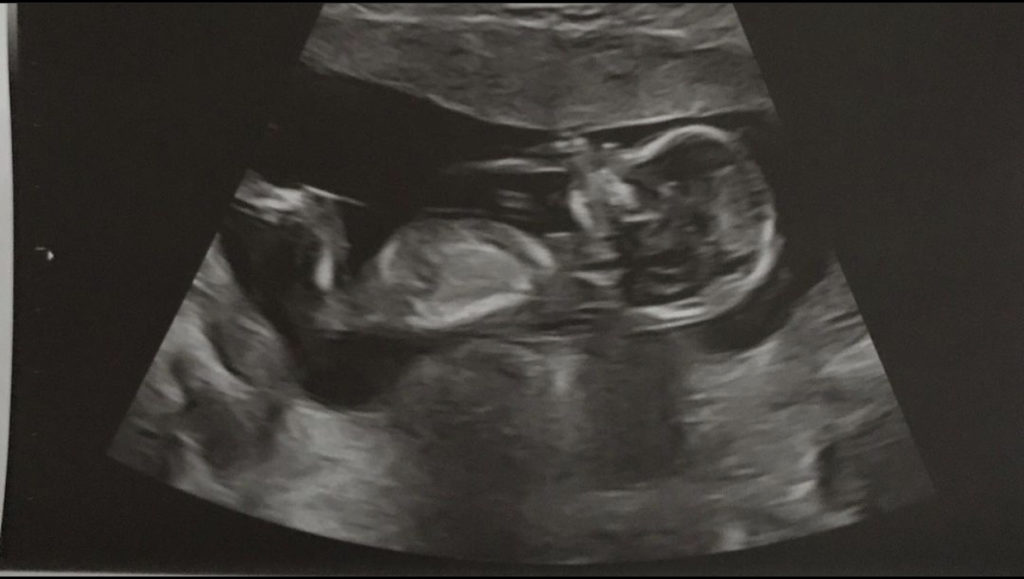
When did you learn the results of the procedure
Two days later. I went in on Sunday morning to get a pregnancy test done and a couple of hours later they called to say that we were pregnant!
We were nervous because we didn’t know if we would get the news right away or if we would wait for it. We didn’t know if we’d hang around the office until they let us know or they’d call us to let us know. The nurse was just like, “Okay, we’ll call you in a few hours when it’s done.”
We finally got the call and we just told our immediate family and our closest friends, and then we didn’t really tell everyone in the world.
We didn’t put it up on our social media until I was after the three-month mark, but hearing his heartbeat was amazing for the first time. Seeing him grow throughout the sonogram, it was awesome.
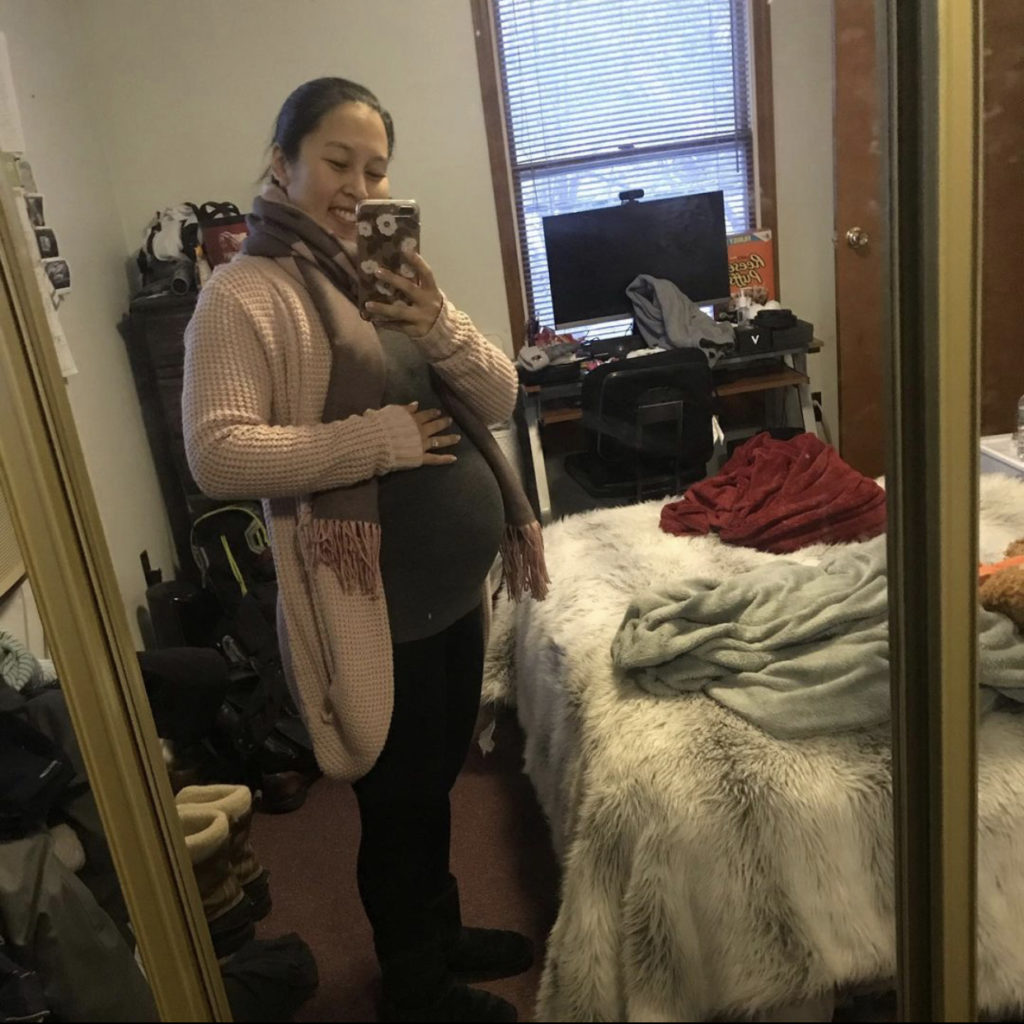
COVID-19 Visitor Restrictions
The only thing that sucks is that this happened during COVID so my husband couldn’t see much of it. He was only able to come for one appointment and that was the first-trimester screening.
He was able to see this picture live, so that was good, but everything else after that, he wasn’t allowed to come anymore.
I’d bring home the sonogram pictures and I tell him what the doctor says, and he’s just as happy and excited about it as everyone else is in the family.
Any plans for your three other frozen embryos
By the time I give birth to this first baby, I’ll be 39. Time was not on my side, definitely. We’ll have this baby boy and then probably a year after he turns one, we’ll assess the situation and try to use the other ones.
As long as I’m healthy and I’m able to carry, we’re going to do our best to carry all four of them if we can.
Any guidance for others on the fertility journey
It’s rough. It’s not easy, but it’s still worth it in the end. The reward is definitely higher than the risk and it’s so much better.
Knowing that you can have a family, even after cancer, it’s the light at the end of the tunnel.
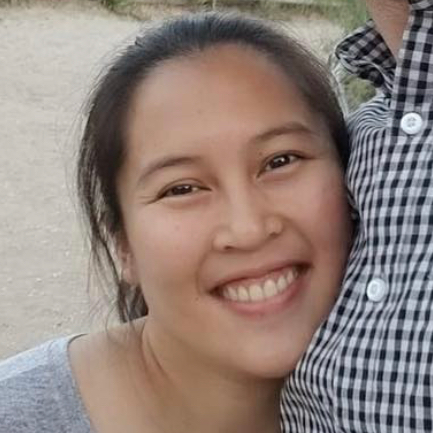
Inspired by Kimberly's story?
Share your story, too!
